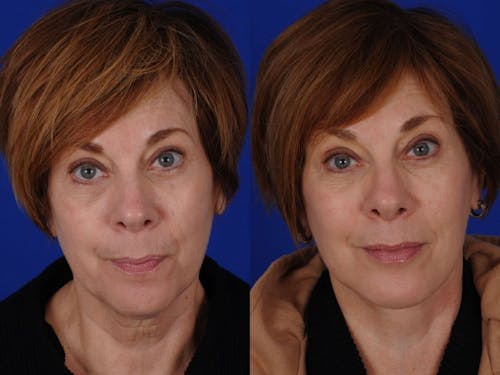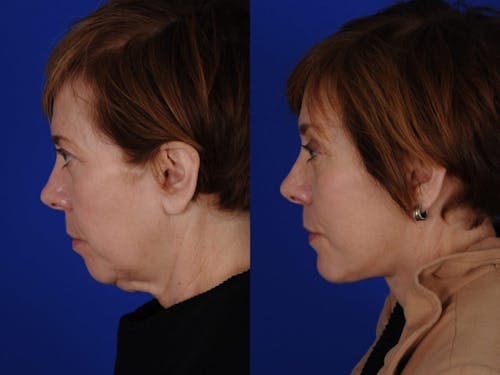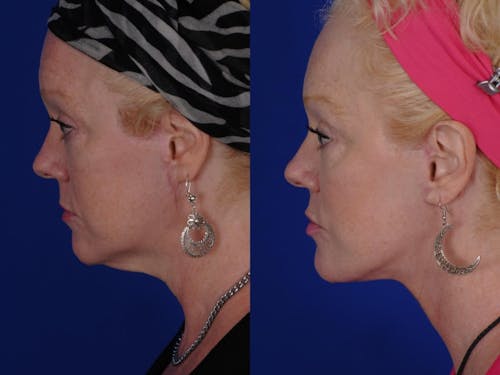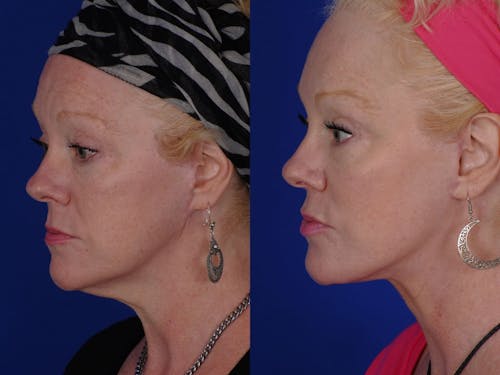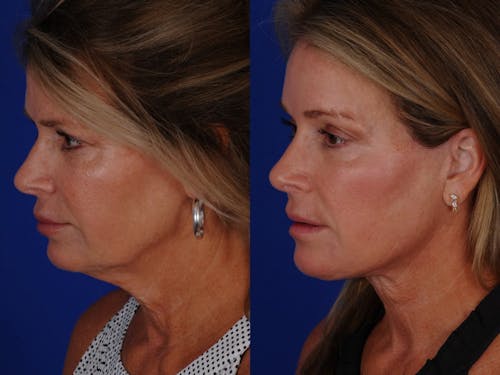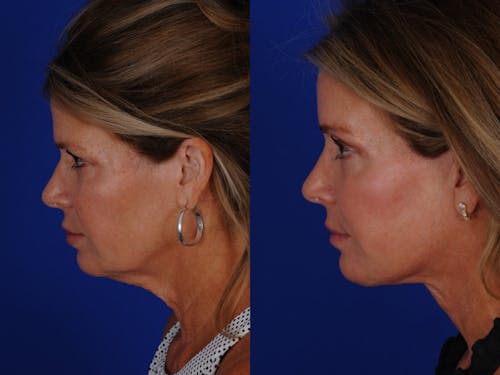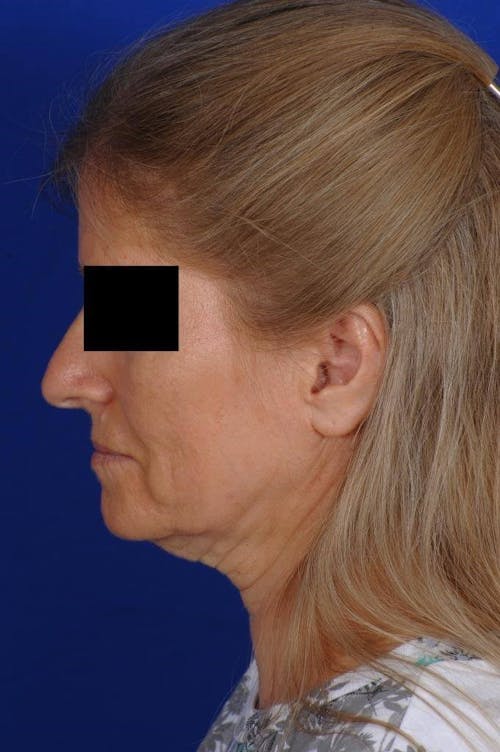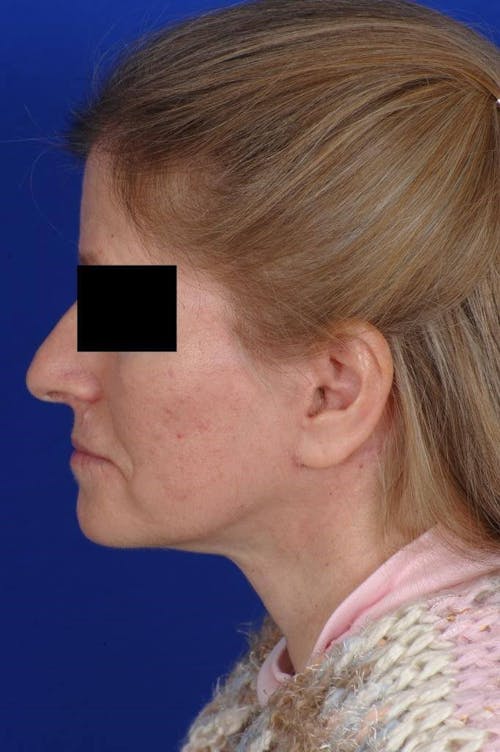A facelift, also known as a rhytidectomy, is a popular plastic surgery that restores a youthful appearance to the face by removing loose skin.
Facelift FAQ
Is there a non-surgical alternative to a facelift?
Will I look fake?
Will the facelift leave visible scars?
What is the best age for a facelift?
Is there a non-surgical alternative to a facelift?
BOTOX®, injectable fillers, microdermabrasion, and chemical peels are non-surgical procedures that can help smooth out wrinkles, improve fine lines, and add facial volume. These procedures also help to even out skin tone. However, these treatments will only affect the skin’s surface. Patients with loose skin, drooping jowls, or a sagging neck will need to consider surgery if they want these features improved.
Will I look fake?
In the days immediately following facelift surgery, patients will feel tight and pulled. These are some short-term effects, but they will subside. It’s important to find a reputable surgeon skilled in facial surgery. Surgeons who know what they are doing will make every effort to work within the confines of the patient’s bone, skin, and muscle structures so a younger, more natural look can result.
Will the facelift leave visible scars?
Facelift surgery does require incisions. However, these scars are well hidden, as they fall just along the hairline and around the ears in the natural folds and shadows. In most cases, the scars are barely visible. Dr. Bridges' short scar deep plane vertical lifting technique limits the incision length to minimize scarring.
What is the best age for a facelift?
The common age range for patients who undergo a facelift is from the mid to late 40s and older. It is typical for most patients to look 5-10 years younger following a facelift procedure. Younger patients (40-50 years old) generally have stronger skin elasticity, so their results may last longer than older patients. However, older patients may have results that appear more dramatic, and, for them, this can be very worthwhile. Patients should think of a facelift as a process to turn back the aging clock. You will still age, but you will appear a few years younger.








